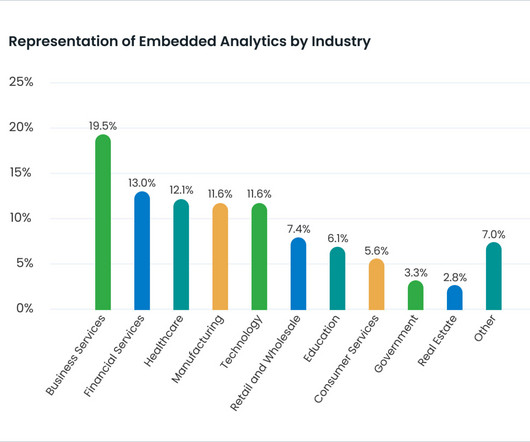The future of data: A 5-pillar approach to modern data management
CIO Business Intelligence
DECEMBER 11, 2024
Pillar #3: Analytics and reporting This pillar represents the most traditional aspect of data management, encompassing both descriptive and diagnostic analytics capabilities. This issue will be exacerbated by the future use of AI agents making decisions on behalf of companies based on data.















Let's personalize your content